The mid-level exception is the most common way for over-the-cap NBA teams to sign free agents from other clubs for more than the minimum salary. It helps ensure that virtually every team heads into the offseason with a little spending flexibility.
Teams are eligible to use specific types of mid-level exceptions depending on their proximity to the salary cap. The most lucrative form of mid-level is available to teams that are over the cap but below the first tax apron. Clubs above the first apron, and even those operating under the cap, have access to lesser versions of the MLE.
Here’s a breakdown of how the various forms of the exception are structured:
For teams over the cap and below the first tax apron:
- Commonly called either the full mid-level exception or the non-taxpayer mid-level exception.
- Contract can cover up to four seasons.
- First-year salary is worth $12,405,000 in 2023/24; maximum four-year value is $53,341,500.
- Once used, the team cannot surpass the first tax apron (approximately $7MM above the tax line in 2023/24) for the remainder of the season.
- Beginning in 2024/25, this form of mid-level exception can be used to acquire a non-free-agent via trade or waiver claim, as long as his contract fits into the exception (in terms of years and dollars). Only the player’s current-year salary must fit into the MLE.
For teams operating under the cap:
- Commonly called the room exception.
- Contract can cover no more than three seasons.
- First-year salary is worth $7,723,000 in 2023/24; maximum three-year value is $24,327,450.
- Beginning in 2024/25, this form of mid-level exception can be used to acquire a non-free-agent via trade or waiver claim, as long as his contract fits into the exception (in terms of years and dollars). Only the player’s current-year salary must fit into the room exception.
For teams over the cap and the first tax apron, but below the second apron:
- Commonly called the taxpayer mid-level exception.
- Contract can cover up to two seasons.
- First-year salary is worth $5,000,000 in 2023/24; maximum two-year value is $10,250,000.
- Once used, the team cannot surpass the second tax apron ($17.5MM above the tax line in 2023/24) for the remainder of the season.
For teams over the cap and both tax aprons:
- No mid-level exception is available.
Each form of the mid-level allows for annual raises of up to 5% of the value of the first season’s salary.
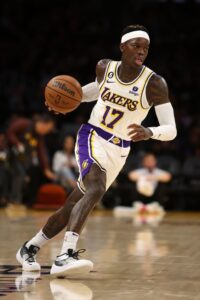 Teams can use their entire mid-level exception to sign one player. However, only one club has taken this route so far in 2023/24, with the Raptors signing Dennis Schröder to a multiyear contract that’s worth $12,405,000 in year one.
Teams can use their entire mid-level exception to sign one player. However, only one club has taken this route so far in 2023/24, with the Raptors signing Dennis Schröder to a multiyear contract that’s worth $12,405,000 in year one.
Teams are also allowed to split the mid-level among multiple players, and that has become an increasingly common course of action. For instance, the Mavericks have used their MLE to sign Seth Curry ($4MM) and Dante Exum ($3MM) so far in ’23/24 and still have more than $5MM remaining.
In the past, players drafted in the second round often signed contracts using a portion of the mid-level because the exception allows teams to offer more years and more money than the minimum salary exception provides. However, the new second-round pick exception has all but eliminated the need for teams to use the MLE on second-round picks.
Still, if a team wants to sign an undrafted free agent to a longer-term contract or convert a two-way player to a multiyear deal, the mid-level can come in handy. The Pelicans used their MLE this summer to move E.J. Liddell from his two-way deal to a three-year contract that begins at the minimum ($1,801,769).
Some front offices prefer to leave all or part of their mid-level exception unused in the offseason so it’s still available during the second half of the regular season. At that point, a contender could dangle its MLE in an effort to outbid rivals for top players on the buyout market. A non-contending club, on the other hand, could use its MLE to lock up an intriguing developmental player to a long-term contract.
Unlike the bi-annual exception, the mid-level exception can be used every season. So whether or not a team uses any of its mid-level in 2023/24, each club below the second tax apron in ’24/25 will have the opportunity to use some form of the MLE.
The amount of each form of mid-level exception increases – or decreases – at the same rate as the salary cap, ensuring that its value relative to cap room remains about the same from year to year. So if the salary cap rises by 10%, the mid-level values would rise by the same amount.
Here are a few more notes related to the mid-level exception:
- A contract signed using a mid-level exception can include bonuses as long as the player’s maximum potential compensation doesn’t exceed the maximum value of the exception. For example, in 2023/24, a team can’t sign a player to a contract using the non-taxpayer mid-level exception that has a base salary of $12,405,000 and another $1MM in incentives. But a contract with a base salary of $11,405,000 and $1MM in incentives is permitted.
- A team is only allowed to use one form of mid-level exception in a given season. For instance, an over-the-cap club that uses a portion of its non-taxpayer mid-level exception before shedding salary and dipping below the cap would not then be permitted to use the room exception.
- On the day after the trade deadline, the value of a team’s unused mid-level exception begins to prorate downward. The exact amount of proration depends on how much of the MLE was unused as of January 10 and how many total days there are in the regular season. For example, if a team had $3MM of its mid-level left on January 10 and there are 174 days in that season, the MLE would decrease in value by $17,241 per day (1/174th of $3MM).
Note: This is a Hoops Rumors Glossary entry. Our glossary posts will explain specific rules relating to trades, free agency, or other aspects of the NBA’s Collective Bargaining Agreement. Larry Coon’s Salary Cap FAQ was used in the creation of this post.
Earlier versions of this post were published in previous years.
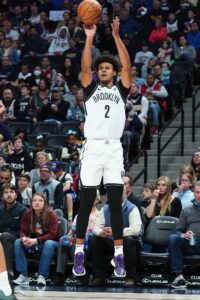
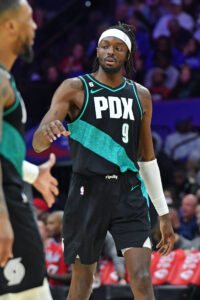
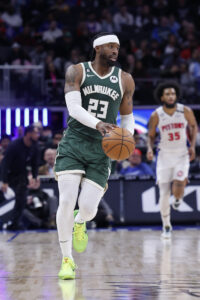
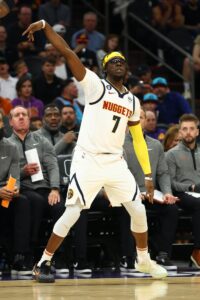
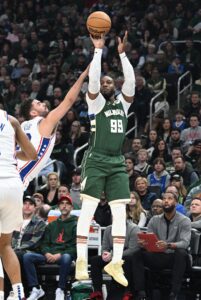
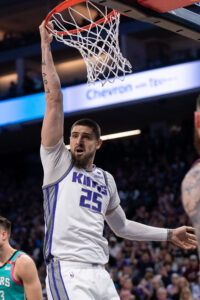
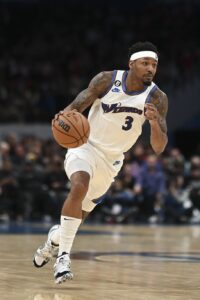 To be eligible to negotiate a no-trade clause, a player must have at least eight years of NBA experience and has to have spent at least four years (not necessarily the most recent four years) with his current team. He also must be signing a free agent contract, rather than an extension.
To be eligible to negotiate a no-trade clause, a player must have at least eight years of NBA experience and has to have spent at least four years (not necessarily the most recent four years) with his current team. He also must be signing a free agent contract, rather than an extension.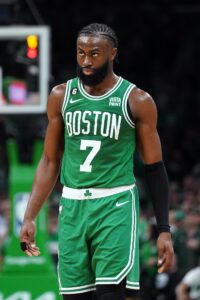
 Teams can use their entire mid-level exception to sign one player. However, only one club has taken this route
Teams can use their entire mid-level exception to sign one player. However, only one club has taken this route